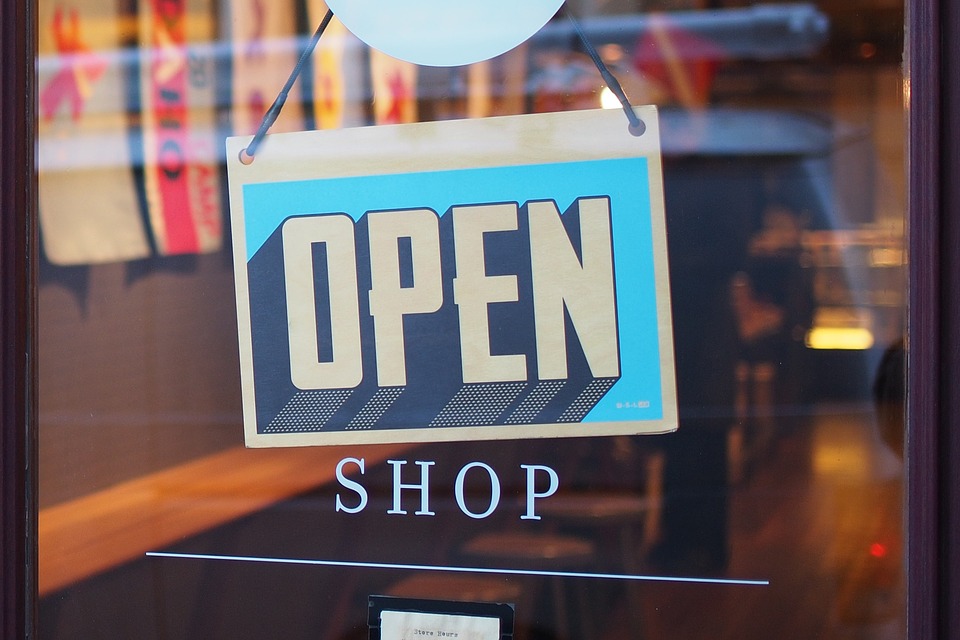Brand Awareness Survey Example [Edit & Download]
When you think of a certain product, you can probably name tens or even hundreds of brands offering similar products with similar prices. In most economies, companies have no autonomy over its target market, and competition is high and very much challenging. Companies need to create a mark with consumers in order to stay profitable and sustainable. You may also see marketing research questionnaire
Companies need to carefully plan their marketing strategies so that they can entice consumers to pick their products over the others. You may also see How to Write the Perfect Survey.

What is a Brand Awareness Survey?
Brand awareness is the extent or likelihood that consumers recognize and acknowledge the presence of your brand in the market. It is the probability that consumers are familiar about the existence of your brand despite the presence of competitors. Brand awareness is also an indication of your brand’s popularity to the target market and helps give you an idea if your consumers prefer your brand over competitors. You may also see marketing questionnaire
In this sense, a brand awareness survey is designed to measure the percentage of your target population that is aware and has knowledge regarding your brand. It can help you track or define how your consumers and potential consumers perceive your brand. Considering the main goal of your marketing campaign is make your brand known inside and outside your target market, a brand awareness survey will help you make sure that your campaigns are making a significant difference. You may also see pros and cons of website surveys.
Importance of Brand Awareness Survey
1. Gets insights about what your audience thinks about your brand with honest and immediate responses.
2. Helps avoid the problem of people not being fully honest when being surveyed face-to-face.
3. Helps calculate return of investment over time to better allocate resources.
4. Helps calculate the effectiveness and performance of your campaigns that translates into smarter and more practical marketing.
5. By easily comparing data, trends and opportunities can be easily spotted.
6. When it comes to consumers’ perception about your brand, easily distinguish the difference between theory and reality through the use of a survey.
7. Use a brand awareness survey to know if you’re achieving the particular type of brand awareness you’re going for. You can also get to know your audience’s genuine feelings through the brand through the survey.

Brand Awareness Measurements to Consider
1. Brand Recall
Also known as unaided recall or spontaneous recall, brand recall means that consumers are able to remember your brand even without aided assistance. A brand recall is the immediate elicit of a brand name when asked about a certain product category. This indicates a strong connection between a category and a brand. It answers the question, can your audience remember your brand and information about it from memory?
In your survey, you can input an open-ended question option to find out if your consumers immediately recall your brand. For example: When you think about cup noodles, what brand immediately comes to mind?
2. Brand Recognition
Also called aided awareness, brand recognition is the association of a brand logo, tagline, packaging or advertising campaign to the product or service itself. The recognition is not as immediate as a brand recall, as the consumer cannot associate your brand when asked about a certain category. However, when presented with a list or any physical manifestation of the brand, consumers are then able to recognize the brand. You may also see brand marketing.
Ask yourself this question, does your audience recognize your brand when they see it? By using a range between “very familiar” to “not familiar at all”, you can ask respondents this question, “How familiar are you with these brands [product category]? List your brands together with the competitor brands, and compare how familiar your consumers are with your brand and the other brands as well. You may also see brand strategy.
3. Brand Identity
This is how a business defines and distinguishes itself from its competitors. This is also how a business presents itself and how it wants to be perceived by the consumers. Brand awareness lets the consumers know who the business is and helps create an emotional connection with the business’ products or services. You may also see business branding examples
A unique brand identity equals to strong brand awareness since consumers are able to remember your brand for a long period of time. Remember that buyers/consumers are great promoters of your brand as word-of-mouth referrals is still the most effective form of marketing– far more effective than digital and social media marketing.

4. Brand Image
While brand identity is how you want to be perceived, brand image is how the consumers actually perceive your brand. It signifies what the brand actually stands for. In short, it is solely about how the consumers see your brand.
When consumers purchase your product or service, they are investing with the image that comes along with it. This emotional perception increases your value since consumers are willing to spend their money to purchase your product in which they have an emotional connection with. You may also see corporate branding.
5. Brand Trust
Your brand image needs to be appealing, friendly and dependable in order to create a string brand trust with consumers. Brand trust is a strong foundation you need to have to establish brand loyalty. In your brand awareness survey, use a scale ranging from “strongly agree” to “strongly disagree” which should answer these questions:
- Is XYZ is a name I can always trust?
- Does XYZ always deliver on what they promise?
6. Brand Loyalty
Brand loyalty is the tendency of consumers to continuously buy products from the same brand over its competitors. A study by Mext Consulting found that:
- 83% of consumers will recommend a brand if they trust it.
- 82% will use its products and services frequently.
- 78% will look to first for the thing they want.
- 50% will pay more for its products and services.
Meaning, brand trust and loyalty come hand-in-hand. If your consumers has no confidence and trust in your brand, they won’t be loyal to your brand and will prefer other brands. To find out and measure your consumers loyalty towards your brand, include these questions in your survey:
- Overall, how satisfied are you with XYZ?
- How likely are you to continue to choose/purchase from XYZ?
- How likely are you to recommend XYZ to a friend/associate?
Brand Awareness Survey Example
In conclusion, a brand awareness survey helps a business measure its presence in the market. It can help the business strengthen its marketing plans and strategies, and also analyze if some strategies are ineffective.



